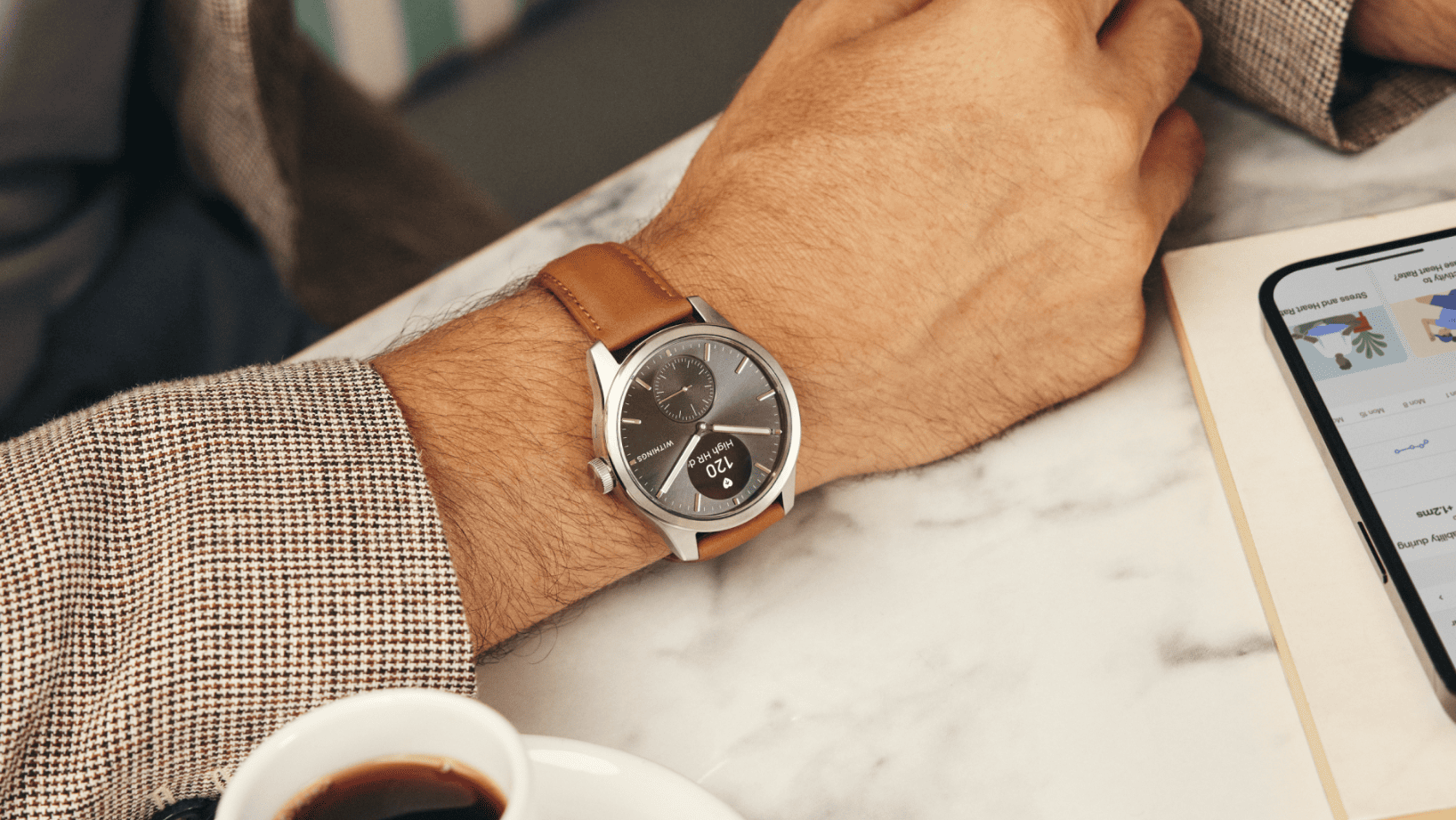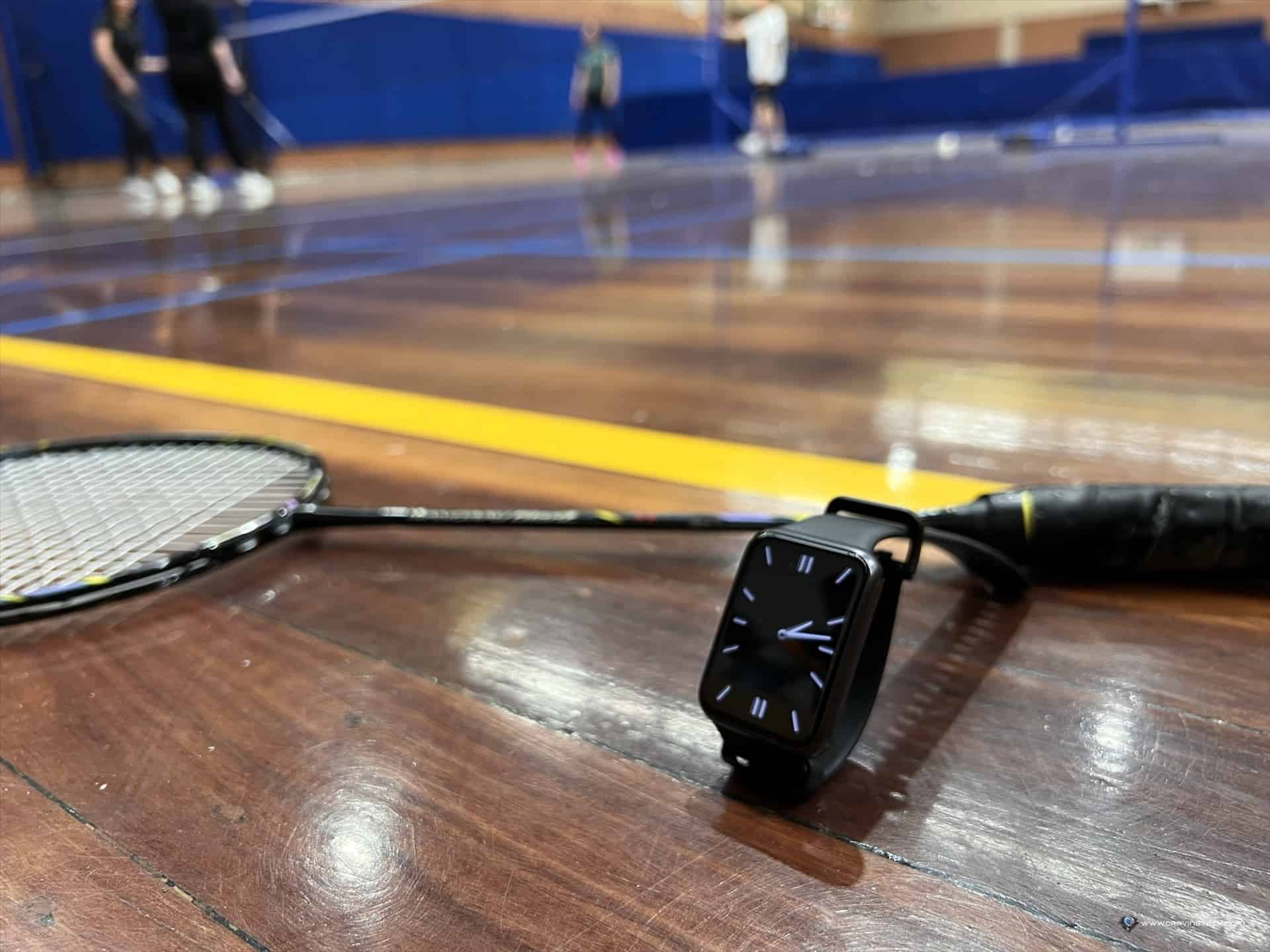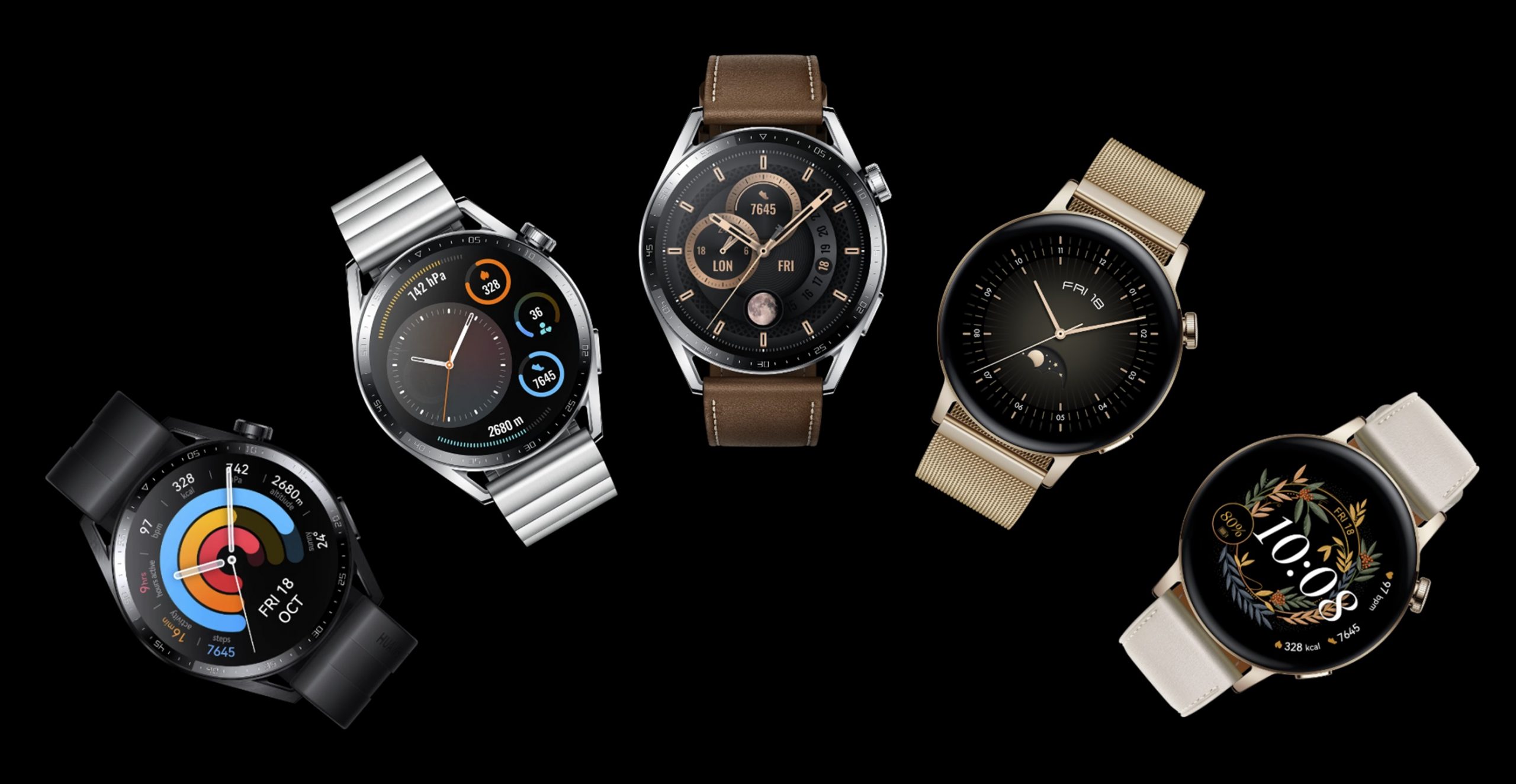
Note:This is a guest post written by John S
Wearable technology is quickly shedding its reputation of mere cool gadgetry as we explore its uses and realise its incredible importance within industries like healthcare, the workplace and public safety. Thanks to breakthroughs in flexible sensor technology, modern law enforcement is entering a new era, one enhanced by wearable technology’s vast capabilities.
This article will expand on a few ways that this technology can be used to improve the safety of our streets.
Smart clothing for law enforcement officers
The SmartPro Project is attempting to improve safety using technology. Their mission: to develop ‘lightweight and flexible protective clothing, incorporating smart functionalities and designated for law enforcement authorities’, according to their website.
The first stage of this project, which started in April 2014, focuses on optimising ballistic textiles to make uniforms bullet- and stab-proof by dispersing the force of an impact to reduce overall blunt trauma. This could greatly improve the safety of officers as these textile sensors could not only be used to prevent external injury, they could also be used to monitor the health of an officer should they be harmed on duty.
If you’re interested in learning more about SmartPro, read this article published researchers at RWTH Aachen University.
Fingerprint sensor technology

Image source: FlexEnable
FlexEnable, a leading provider of flexible technology, and ISORG, a pioneer company specialising in image sensors, have joined forces to create the world’s first large-area fingerprint and vein sensor on plastic. Thin, lightweight and able to wrap around virtually every surface, this breakthrough is especially important for its potential security implications.
Because these sensors are capable of going beyond simple fingerprint recognition by reading specific vein configurations in the fingers, it adds a strong extra layer of protection and identification. This has many potential uses within the law enforcement community. By wrapping these sensors around a steering wheel so only the owner’s hands could start the vehicle, perhaps this could help decrease the number of vehicles stolen each year.
This could also protect sensitive information and data by adding extra security to laptops, mobile devices, even credit or debit cards.
Impact-sensing hair clips
When we think of ‘wearable tech’, there’s a good chance that we probably aren’t thinking about hair accessories. However, this is poised to change with the First Sign Hair Clip.
This seemingly normal hair clip is, in fact, a secret weapon designed to help reduce domestic violence against women. The clip basically works as an instant cry for help: inside the clip, there is a three-axis accelerometer, gyroscope and Bluetooth module which work together to sense impact to the head.
Once violent movement is detected, it activates a companion smartphone app, sends location, video and audio data of the attack to that app and releases a verbal warning: ‘Help is on the way and evidence collected.’ It also triggers a notification to your emergency contacts and the app can also dial emergency services.
The clip’s fast-acting capabilities for recording data can help identify the perpetrators of these atrocities, as well as perhaps diffuse a potentially dangerous situation with the spoken warning.
These methods are just three examples of how wearable technology and flexible sensors are paving the way for a new kind of law enforcement – one where officers are equipped with smarter clothing, gadgets and data to help keep the wider population safe.
Note: This guest post was written by John S





Comments are closed.